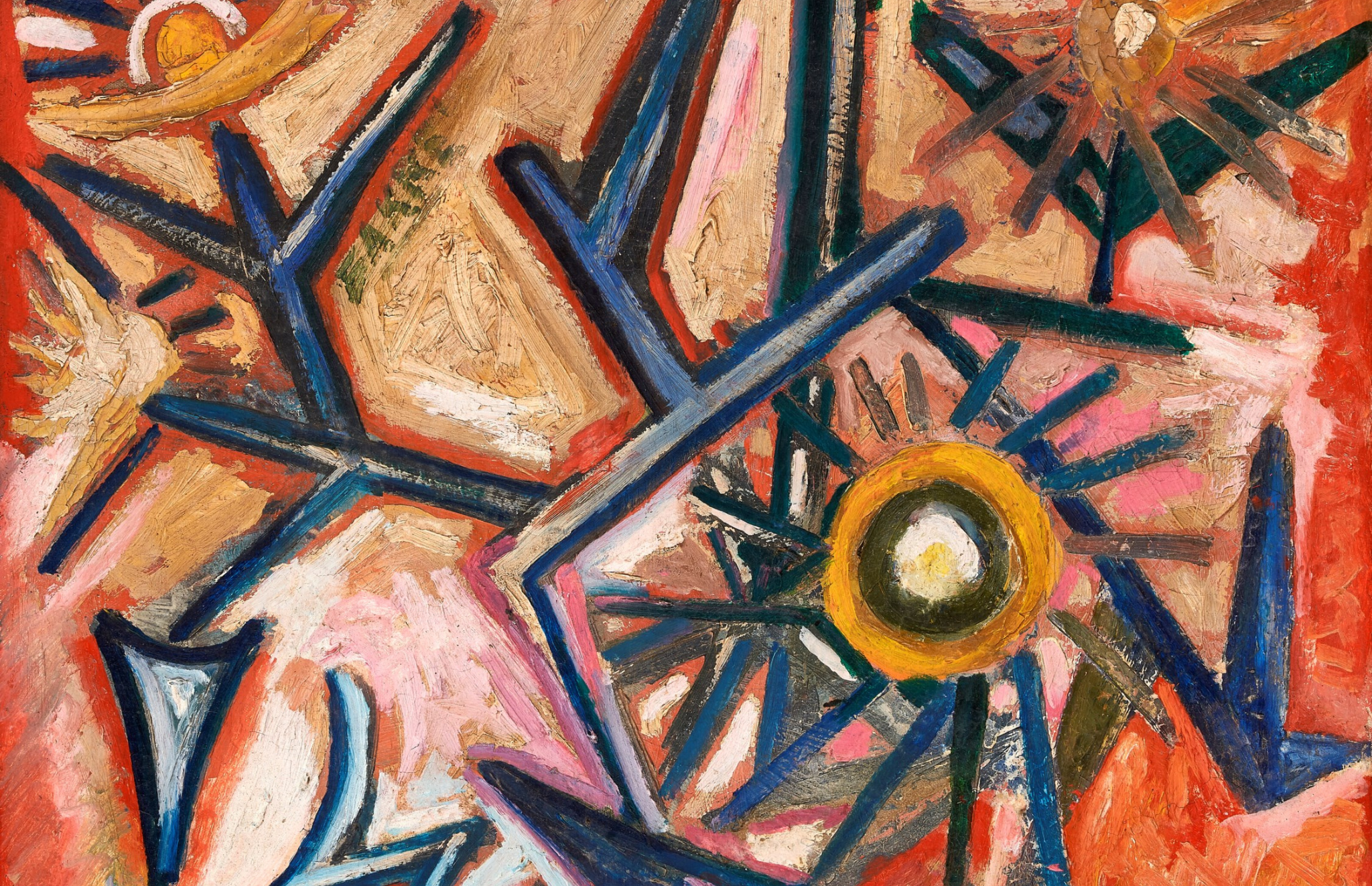London Exhibitions 2024: A Voyage through Classical Narratives — Part II
If London is on your to-travel list this year, expect your weekends to be packed with visits to its bustling museums. The exhibits here appeal to both art aficionados and newcomers alike, and deeply resonate Georgia O’Keeffe’s sentiment that “art is not what you see, but what you make others see.” The art on display will offer the visitors a new and unique perspective on their everyday life, allowing them to explore historical narratives that shape today’s world.
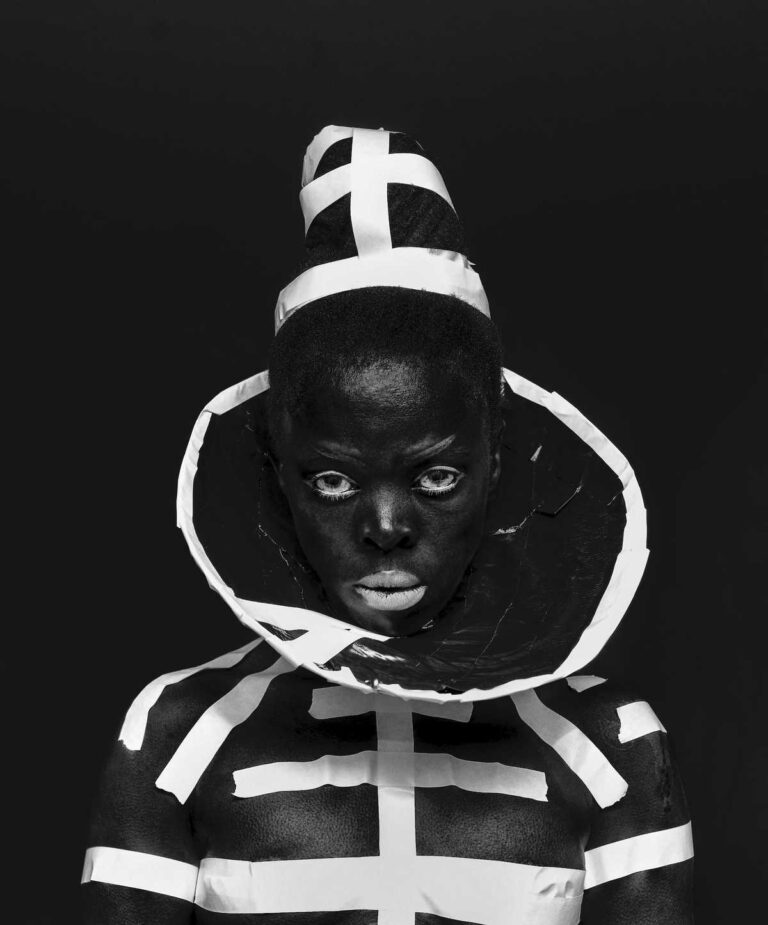
Image courtesy: Zanele Muholi and Yancey Richardson, New York
In the second part of London Exhibitions, we’ll take a look at Tate Modern’s “Zanele Muholi” Exhibition and Tate Britain’s Sargent and Fashion, “John Singer Sargent” Exhibition.
Tate Modern, London – Zanele Muholi Exhibition
June 6, 2024 – January 26, 2025
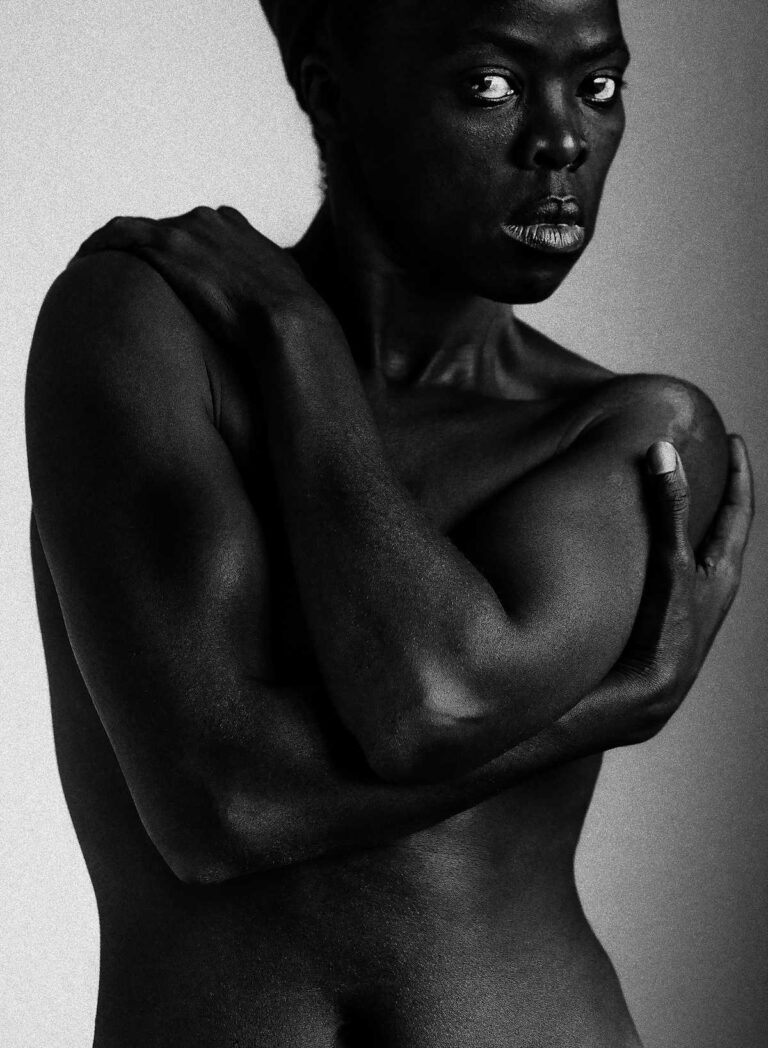
Image courtesy: Zanele Muholi and Yancey Richardson, New York
Tate Modern, is currently showcasing over 300 photographs and new sculptural works of Zanele Muholi, one of the most celebrated contemporary photographers. Since the early 2000s, Muholi has captivated global audiences with her raw and socially evocative images.
Post apartheid, South Africa witnessed a significant change in its socio-political set-up. The result was implementation of the 1996 constitution; which was the first in the world to outlaw discrimination based on sexual orientation. Despite such forward looking laws, the LGBTQIA+ community continues to face violence and prejudice till date.
As a visual activist, Muholi has documented the lives of South Africa’s Black LGBTQIA+ communities. She affirms the identities of these communities by providing visibility to their resilience and strength. Through her work, she challenges dominant ideologies by portraying her subjects as empowered individuals standing against prejudice, intolerance, and violence. This latest exhibition at Tate Modern continues Muholi’s indelible impact on the art world, presenting a profound visual narrative of resistance and existence.
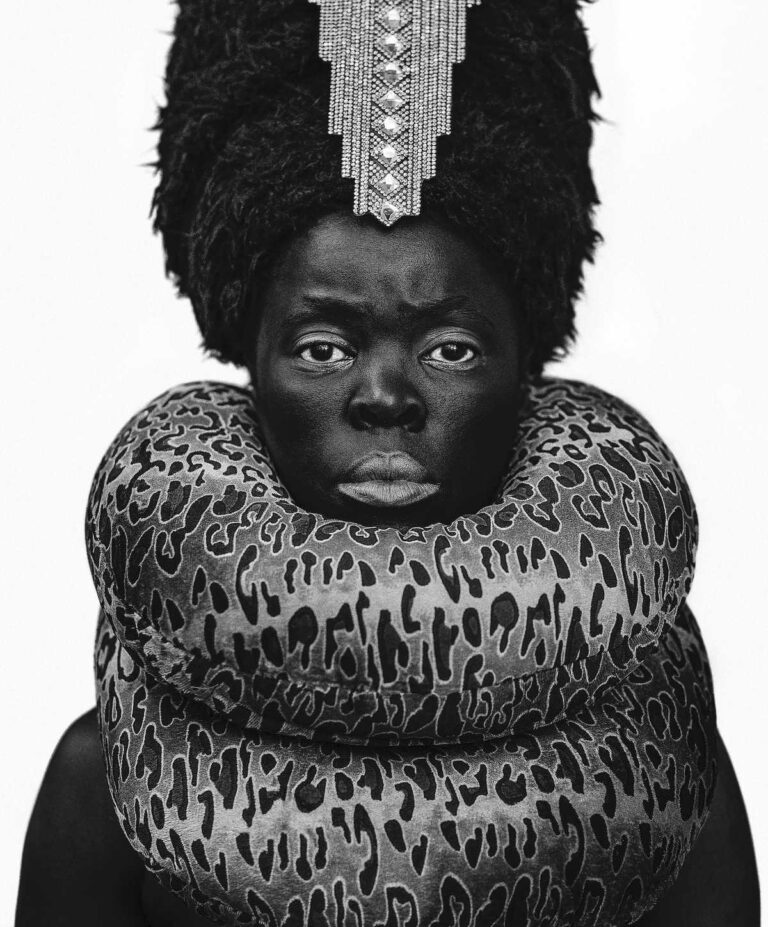
Image courtesy: Zanele Muholi and Yancey Richardson, New York
In the ongoing series Somnyama Ngonyama (“Hail the Dark Lioness”), Muholi turns the camera on themself, creating powerful, introspective images that explore themes such as labour, racism, Eurocentrism, and sexual politics. By using everyday materials like combs, water bottles, and hair extensions as politically charged props, and enhancing the contrast in their photographs, Muholi emphasises the darkness of their skin tone, proudly owning their Blackness and asserting its beauty. These elements, sometimes verging on the surreal, are used to meet our gaze directly, providing a profound exploration of the plurality of identity in relation to Blackness. Delightful yet devastating, Muholi’s work stands as one of the greatest exercises in self-portraiture of this, or any, age.
Since 2020, Muholi has expanded their portraiture practice into sculpture. The exhibition features striking pieces such as Ncinda (2023), a bronze sculpture celebrating the anatomy of the clitoris, and Mmotshola Metsi (“The Water Bearer”), a bronze self-portrait depicting Muholi as a mythical being carrying a vessel adorned with uteri. These works delve into themes of freedom, sexual pleasure, and pride in one’s sexuality.
This exhibition, by highlighting the extensive scope of Muholi’s career, stands as a powerful visual testament to resistance and existence.
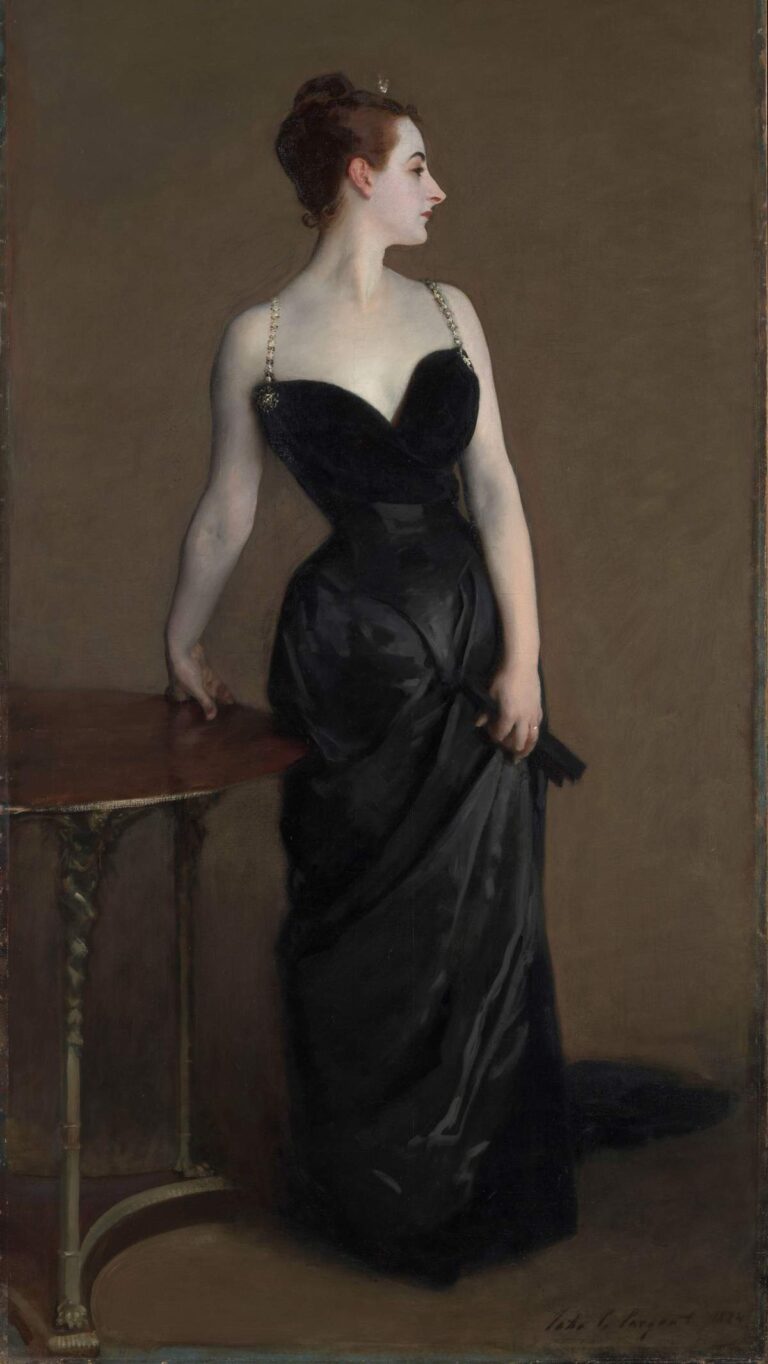
Image courtesy: The Metropolitan Museum of Art and Arthur Hoppock Hearn Fund
Tate Britain, London – Sargent and Fashion, John Singer Sargent Exhibition (1856-1925)
February 22, 2014 – July 7, 2024
Oscar Wilde once said,“Fashion is ephemeral. Art is eternal.” Tate Britain’s ongoing exhibition Sargent and Fashion brings his thought to life. Co-curated by Erica E. Hirshler of the Museum of Fine Arts, Boston, and James Finch of Tate Britain, the exhibition showcases how John Singer Sargent’s portraits, beyond their immediate visual appeal, reflect deeper narratives of identity and social change, demonstrating the enduring relevance of fashion in art.
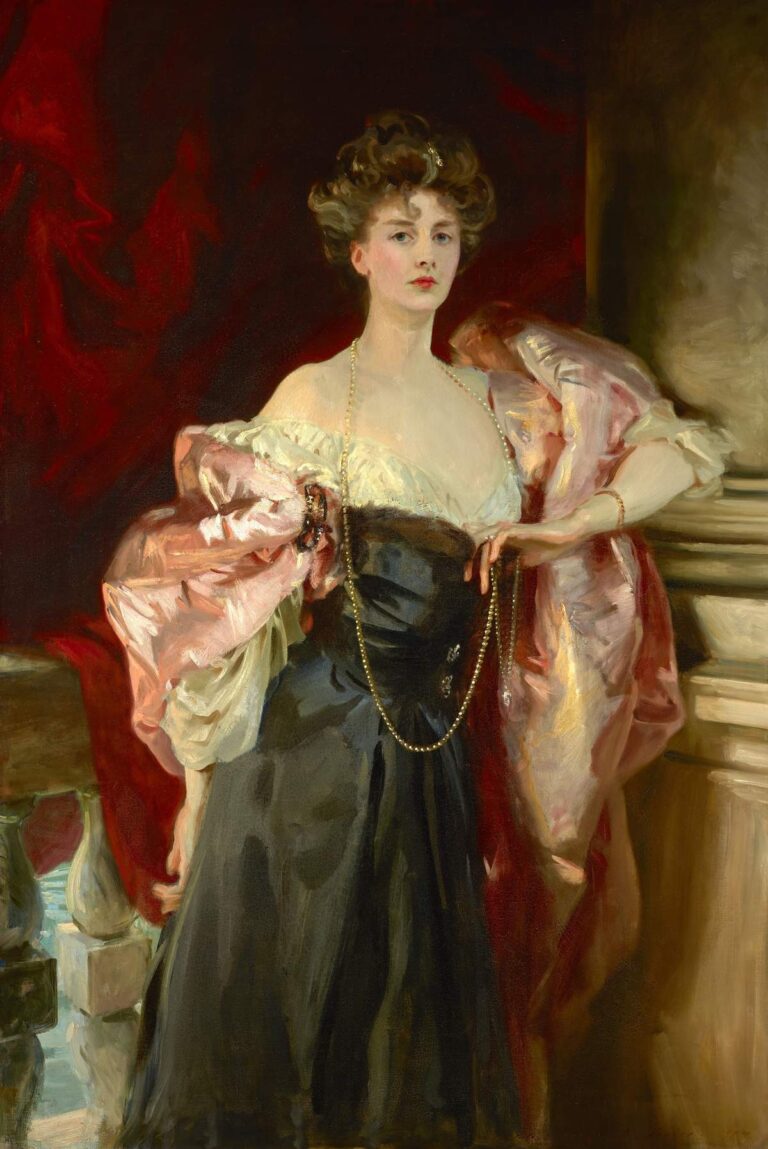
Image courtesy: Birmingham Museum of Art, Alabama
Featuring approximately 60 of Sargent’s works, including major portraits that rarely travel, alongside more than a dozen period dresses and accessories, many reunited with the paintings for the first time since they left Sargent’s studio, this exhibition offers a fresh perspective on Sargent’s artistry. It invites viewers to reflect on the intersection of fashion, identity, and art, and how these elements shape our understanding of the past and present.
This exhibition is a must-see for fashion enthusiasts because it is one of those rare occasions where sartorial elegance is reflected through portraiture. Sargent’s ability to capture individuality and assertiveness through attire is underlined in the featured pieces like the striking red bohemian robe worn by Dr. Pozzi at Home from 1881, and a citrine-coloured silk damask evening gown by Worth, dating back to around 1895.
Sargent’s artistic process and his relationships with his sitters are illuminated through photographs, drawings, and garments on display. Highlights include Lady Sassoon from 1907 paired with a black opera cloak, Miss Elsie Palmer in a white House of Worth dress, and La Carmencita adorned in her golden costume, Mrs. Montgomery Sears (1899), displayed alongside her own dresses and photographs of Sergeant at work, and Mrs. Fiske Warren and her Daughter Rachel (1903), documented through photographs capturing the portrait sittings. These artworks demonstrate a timeless interplay between fashion and art.
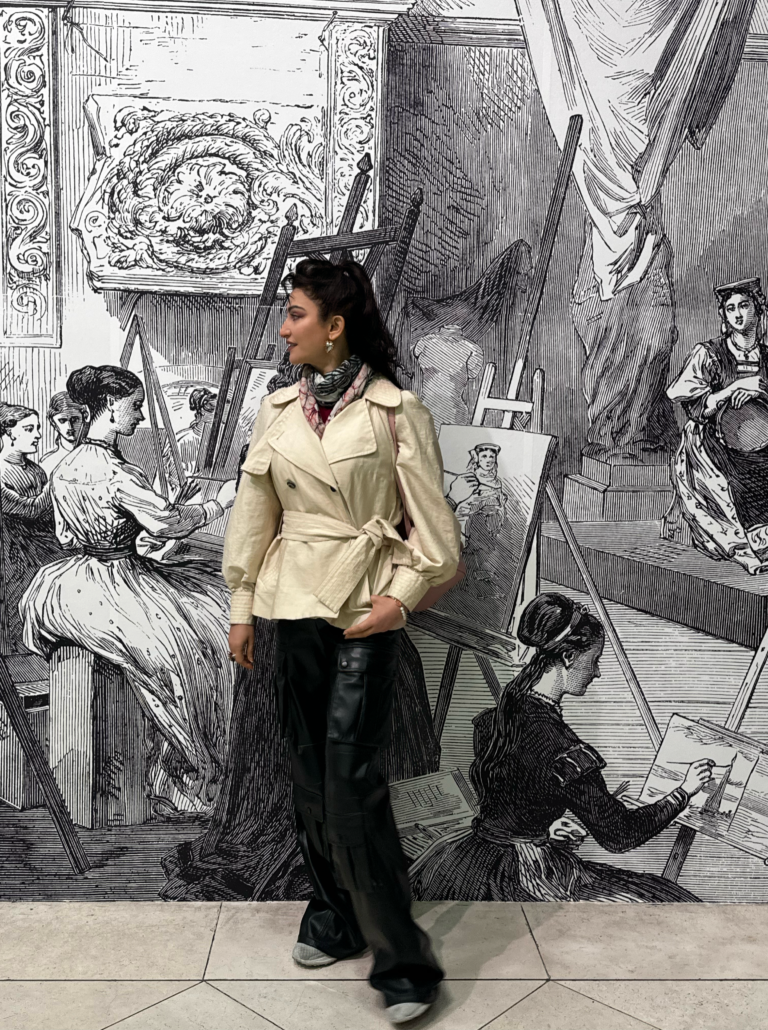
Image courtesy: Shalini Passi
Sargent’s approach to portraiture was groundbreaking. He used fashion to define and enhance his subjects’ identities. In the exhibition’s section titled “Wonderful Possibilities,” gender norms of the time are explored through his portraits. For instance, his depiction of Vernon Lee, the pseudonym of Violet Paget, challenges traditional femininity with her preference for severe, almost masculine clothing, reflecting evolving gender roles in late 19th-century society.
Through Sargent’s lens, we witness the intersection of fashion, identity, and art, and how these elements shape our understanding of human existence. His ability to immortalise individuality through clothing stands as a testament to his enduring influence on art and fashion.This exhibition reminds us of the enduring power of both art and fashion to influence and inspire.
These captivating exhibitions in the heart of London offer viewers an opportunity to feel the enduring connection between humanity and its past. As we navigate these artistic journeys, we are forced to reflect on the legacies we choose to carry forward.
Text by Shalini Passi
Image Courtesy: Zanele Muholi, Yancey Richardson, The Metropolitan Museum of Art, Arthur Hoppock Hearn Fund, Birmingham Museum of Art, Shalini Passi
Find out more about Zanele Muholi Exhibition and Sargent and Fashion exhibition here:
https://www.tate.org.uk/whats-on/tate-modern/zanele-muholi
https://www.tate.org.uk/whats-on/tate-britain/sargent-and-fashion


